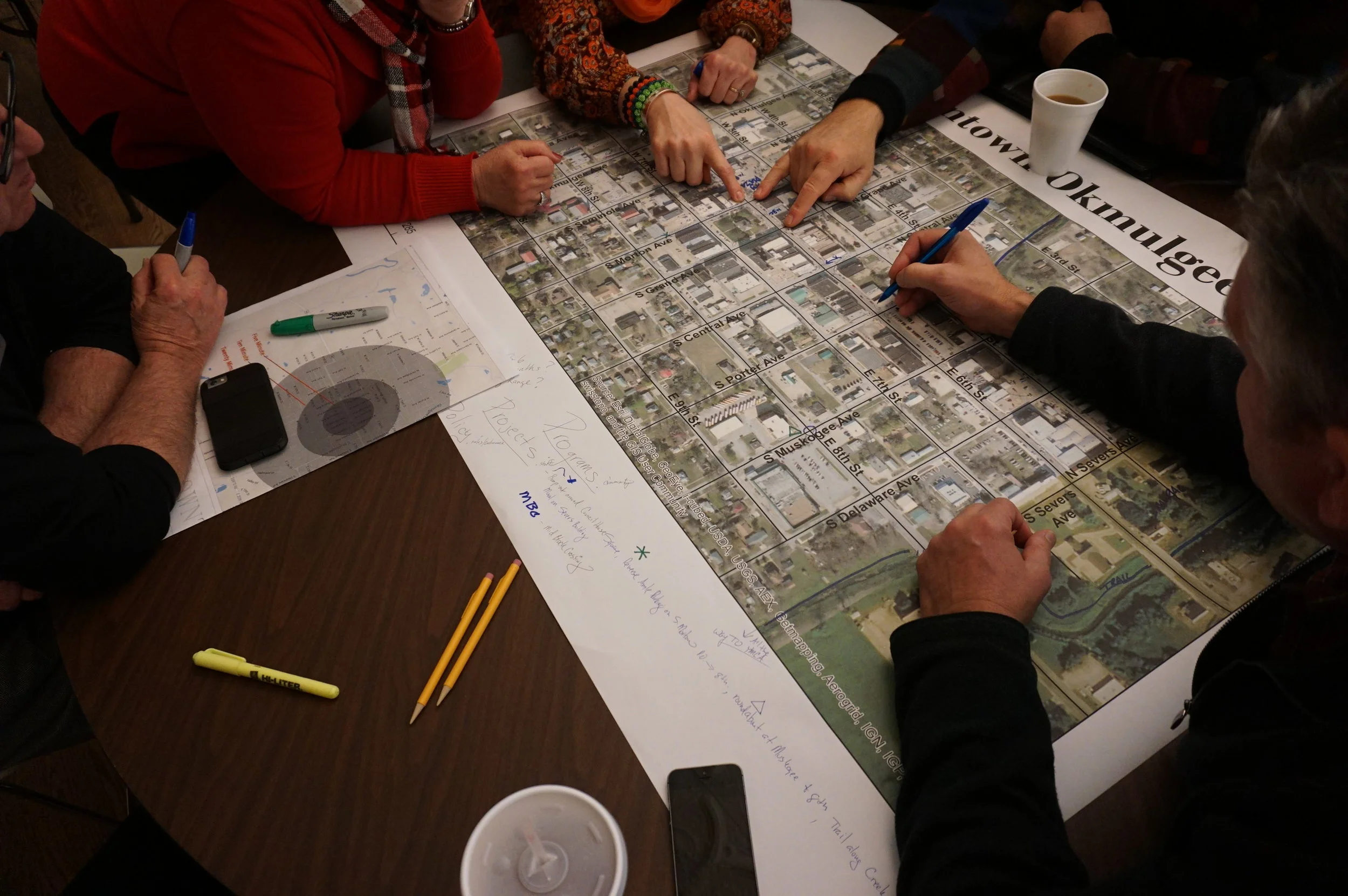Last week kicked off a broad sweep through some ideas for conservation-based development. Quality infill development can certainly conserve resources. It can also break the cycle of disinvestment and build back the vibrancy and strength that was lost when the heartstrings of our towns were stretched out in all directions.
The heart of a Green Heart Town is its historic district, and quality infill construction is a primary tool for keeping them healthy and strong. The Main Street district and surrounding historic neighborhoods were once the seat of all town life, the best place to buy and trade for good and services and interact with others from the area. After a time of disinvestment in historic downtowns from the 1960s-90s, these places are again becoming full of vibrant new potential.














